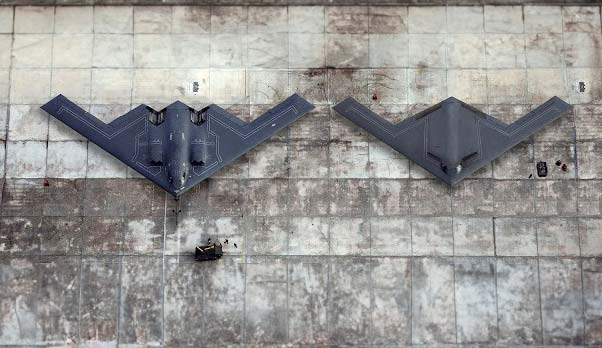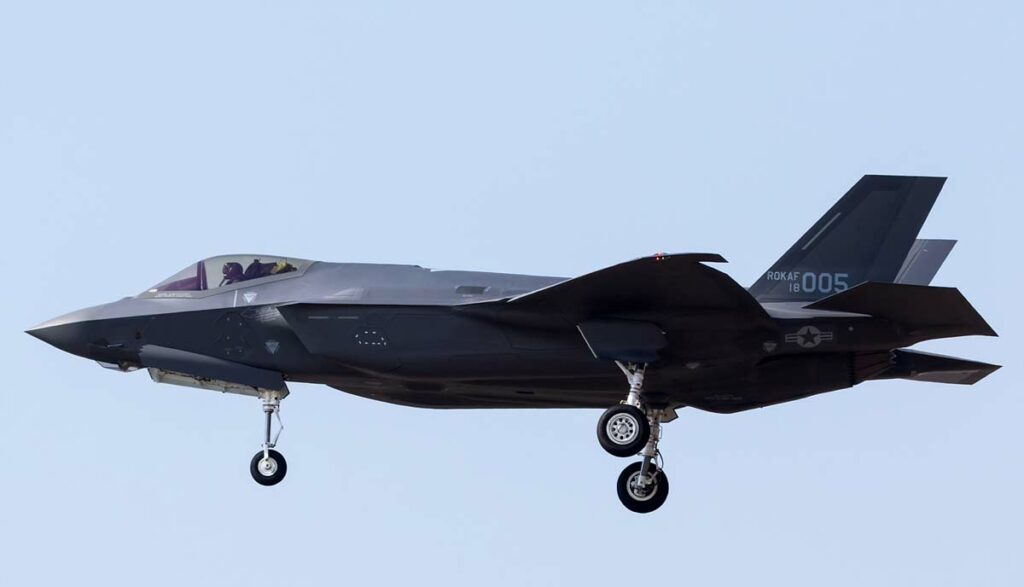
In-depth analysis of Chinese claims about the ability of their hypersonic weapons and anti-stealth radar to detect and shoot down US stealth aircraft.
China claims to be able to shoot down US stealth aircraft such as the B-21 Raider using AI and hypersonic weapons, raising questions about the veracity of these claims. China’s development of anti-stealth radar and IRST systems suggests a focus on countermeasures to US stealth technology, calling into question the latter’s effectiveness.
China’s recent claims of its ability to detect and shoot down US stealth aircraft, such as the B-21 Raider, F-22 and F-35, using hypersonic weapons and advanced technologies, have sparked a lively debate among military experts and observers. This article examines these claims in detail, explores the technologies involved and assesses their potential implications in the context of global aviation security.

Capabilities of Chinese Hypersonic Weapons
Based on simulations, Chinese scientists claim that American stealth aircraft can be shot down by their hypersonic weapons. These missiles, equipped with artificial intelligence, would be able to communicate with other drones to improve their effectiveness. This development raises questions about the evolution of air warfare and the potential vulnerability of stealth aircraft.
USAF Penetrating Counterair doctrine
The USAF’s Penetrating Counter Air (PCA) doctrine, designed specifically for an air conflict with China, places the Raider at the forefront. Its speed, slightly slower than that of sound, is around 1,000 km/h. This doctrine highlights the USAF’s strategy for countering Chinese anti-fury capabilities.
Vulnerability of American Stealth Aircraft
According to Chinese scientists, even the B-21 Raider, designed to evade Chinese air forces and anti-fury radars, could be vulnerable to missiles from near space. This assertion calls into question the supremacy of stealth aircraft in modern warfare.
The debate over Chinese claims
The Chinese claim has aroused skepticism and controversy. Some experts and military observers consider the claims “too ambitious”, while others see them as propaganda. This sheds light on information warfare and perception in modern military strategy.
Development of Anti-Furious Radars in China
China has developed anti-stealth radar systems, notably IRST (Infrared Search-and-Track), to detect the infrared signatures of stealth aircraft. These developments indicate a Chinese priority to counter US stealth technology, and could change the balance of air power in the Asia-Pacific region.

Perspectives from Military Experts
Military experts have shared varied perspectives on these claims. Some point out that stealth technology is not absolute invisibility, and that the future of air warfare may depend more on long-range missiles and drones. Others stress the possibility of China developing significant anti-stealth capabilities.
While China’s claims about its ability to counter American stealth aircraft may seem exaggerated, they do underline an important aspect of modern air warfare: no aircraft is invulnerable. Rapidly evolving technology, including anti-stealth radar and hypersonic weapons, could redefine air defense strategies. This situation highlights the need for the world’s air powers to continue innovating and adapting in an ever-changing security environment.
War Wings Daily is an independant magazine.